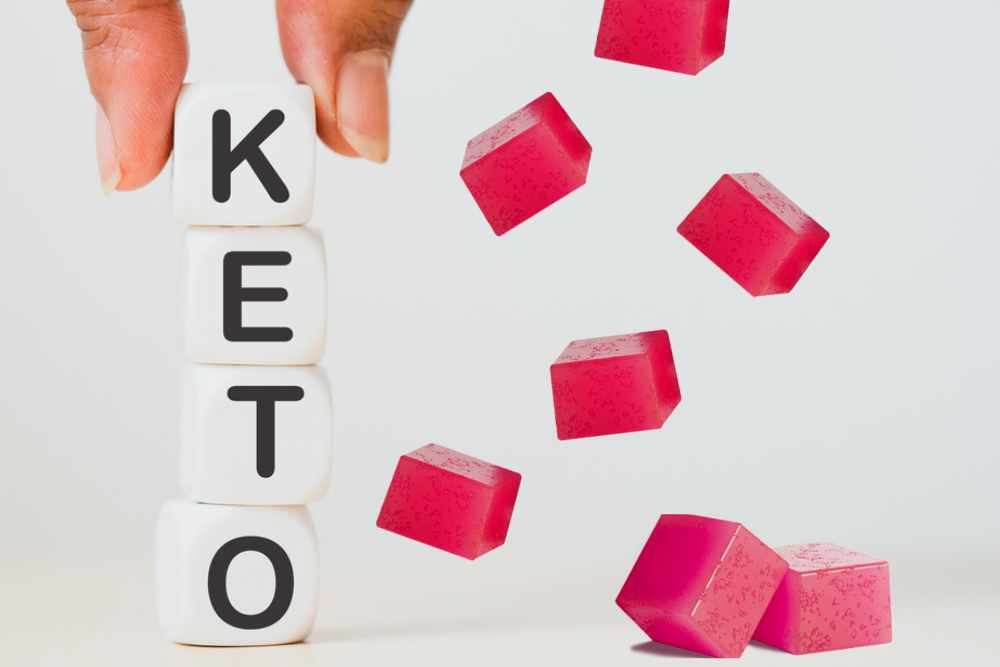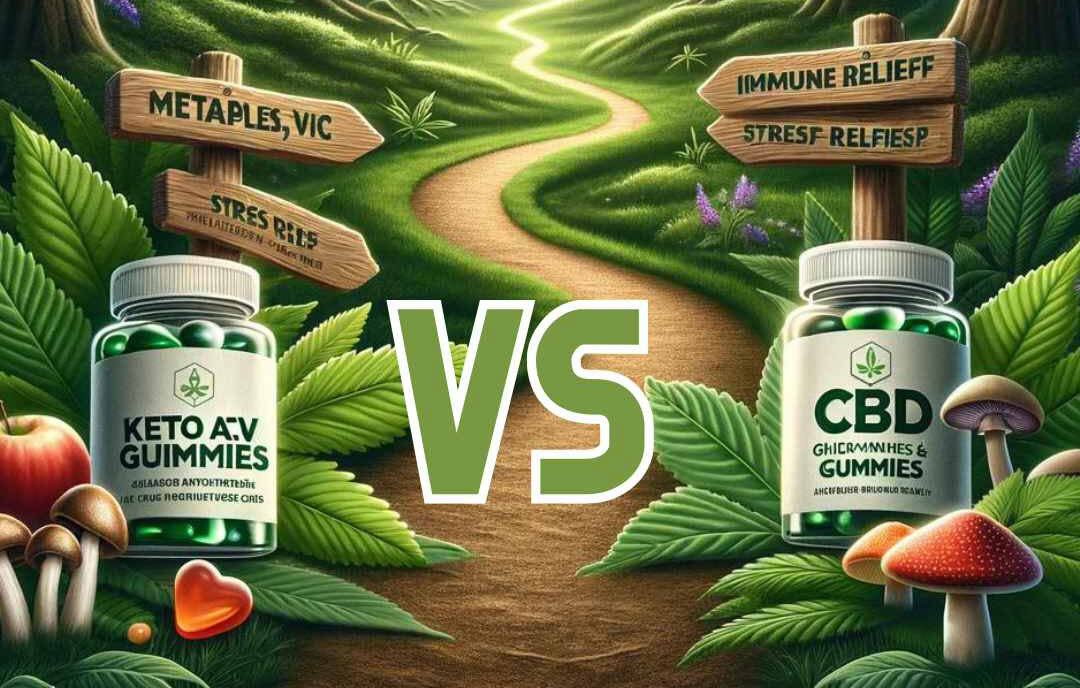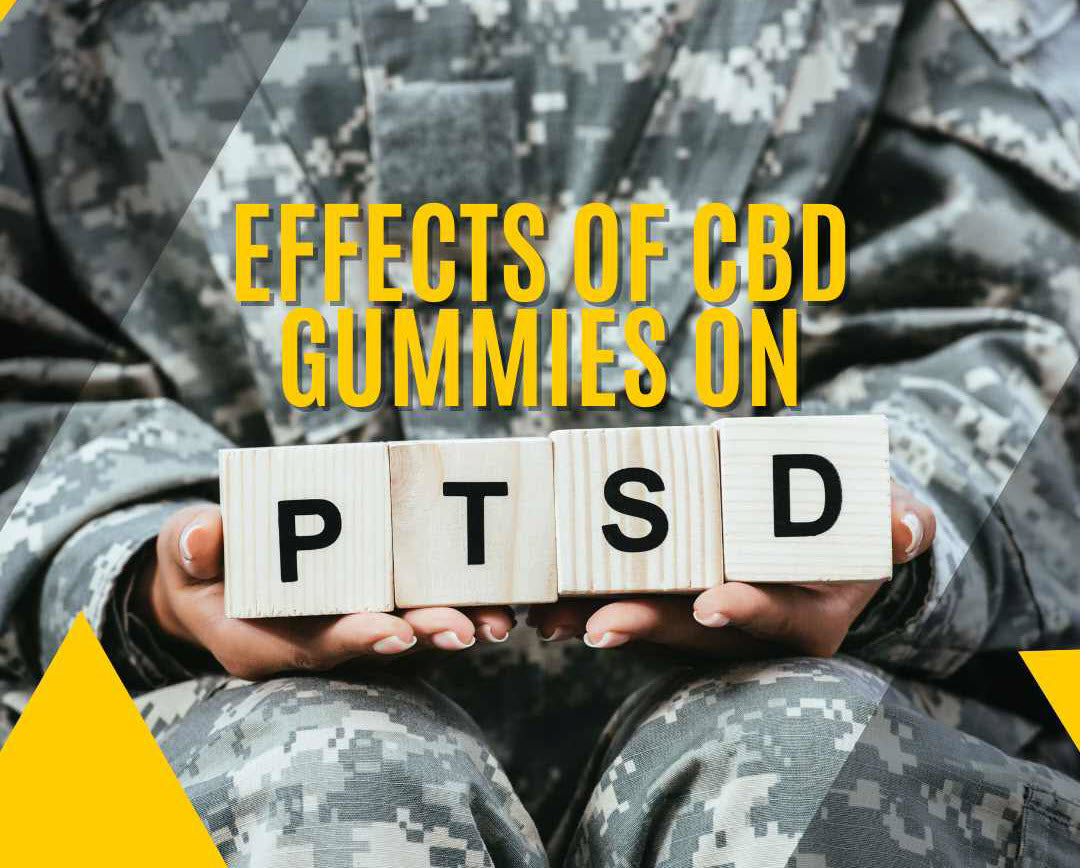WHAT IS COPD
Defined by the World Health Organization (WHO), chronic obstructive pulmonary disease (COPD) is an umbrella term used to describe chronic lung diseases that limitate airflow in the lungs.
COPD is a major health concern because it affects about 10% of the adult population. In addition, it is predicted to be the third leading cause of death by 2030, worldwide.
SYMPTOMS OF COPD
Chronic obstructive pulmonary disease develops very slowly and comes out of dormancy after 40 or 50 years of age. The most common symptoms are:
- Chronic cough
- Wheezing
- Chest tightness
- Excessive sputum production
- Breathlessness
Do note, this disease isn’t simply just a “smoker’s cough” - it is an under-diagnosed, life threatening lung disease.
Daily activities and routines, such as walking up the stairs or carrying a purse, can become very difficult as the condition gradually worsens over time.
Individuals may also experience exacerbations, serious episodes of increased coughing, breathlessness, and sputum production that can last from several days to weeks.
THE RISK FACTORS
The main cause of this disease is tobacco smoke, including passive exposure.
Other factors may include:
- Outdoor air pollution
- Indoor air pollution
- Occupational chemicals or dusts
- Frequent lower respiratory infections during childhood
On the positive side, most COPD cases are preventable.
CAN COPD BE CURED
There is no cure for chronic obstructive pulmonary disease, yet. Thus, pharmacological approaches for patients managing COPD is based on the use of inhaled drugs such as long-acting bronchodilators, with or without inhaled corticosteroids.
It has been recommended, by the Global Initiative for Chronic Obstructive Lung Disease (GOLD), that these drugs be used in combination or alone on the basis of how severe the present symptoms are as well as the patient’s previous history of exacerbations.
Treatment for COPD can relieve symptoms, reduce the risk of death, as well as improving one’s quality of life, according to the World Health Organization (WHO).
Where do natureceuticals come into play here? Are there other options besides the traditional and conventional medicines? Can CBD help?
Let’s get into the good stuff!
WHAT IS CANNABIDIOL
You’ve been curious about this good ‘ol cannabidiol (CBD) you’ve been hearing so much about from your grandma, friends, social media, coffee conversations you frequently overhear (whoops) - you get the point. This cannabinoid is ell-known to the general public as no other than good ‘ol CBD, the non-psychoactive component that is derived from the cannabis plant. This component of the plant won’t “get you high”.

As an all-natural compound frequently used in CBD tinctures, oils, salves, capsules, and edibles, CBD aims to provide feelings of relaxation and calmness. Unlike its counterpart, tetrahydrocannabinol (THC), this compound won’t get you “stoney bogney”.
COPD AND ENDOCANNABINOIDS
Two of the main cannabinoids found in cannabis are THC and CBD. Several studies have found that these two have anti-inflammatory properties through a wide array of mechanisms.
These endocannabinoids interact with the body’s endocannabinoid system (ECS). The ECS helps the body maintain a constant homeostasis. This system has been suggested to be involved in numerous pathologies.
Within the ECS, THC binds directly to cannabinoid receptors 1 and 2 (CB1 and CB2). On the other hand, CBD binds indirectly with CB1 and CB2. Regardless of direct or indirect bindings, the activation of cannabinoid receptors has been shown to reduce airway inflammation.

Published in British Journal of Pharmacology in 2014, researchers found that when cannabinoids activated the CB1 receptor, there was an inhibition of smooth muscle contracting around the lungs to dilate the bronchial tubes to further open the airways.
Cannabinoids may help reduce smooth muscle contraction around the lungs, helping open the airways to breathe.
WHAT THE RESEARCH SAYS
Studies in the last 20 years have indicated that cannabis could be of therapeutic benefit for managing acute airway constriction attacks, due to inflammation. Thus, cannabis may act as a preventative measure for COPD patients.

As for cannabidiol specifically, studies that have been done looking at its effect on patients with COPD is sparse, more or less. Much of the evidence is anecdotal case reports or small studies. However, what these studies have found and suggested is definitely worth noting.
CANNABINOIDS AND COPD
A recent 2019 case report and literature review analyzed the effects of self-administration of CBD in patients with COPD. Researchers suggested that cannabidiol may have a role in the striking response of the lung in COPD patients.
This case report found that self-administration of CBD led to a striking regression of the lymph nodes in just one month.
Even though this was a small case study, researchers concluded that it’s potential applications in the treatment of COPD are worth noting.
Though, the evidence-based research is scarce analyzing cannabidiol on patients with COPD, there have been animal studies showing promise thus far.
Published in 2015 in Immunopharmacology and Immunotoxicology, researchers analyzed the effects of CBD as a therapeutic treatment on pulmonary mechanics and inflammation in mice. They indicated that CBD decreased total lung resistance and elastance, white blood cell migration into the lungs, activity in the lung tissue, protein concentration, as well as production of pro-inflammatory markers.
Cannabidiol may be a useful therapeutic tool for the treatment and attenuation of inflammatory lung diseases.
DOES CBD OIL HELP COPD
Let’s get down to business. How can CBD help COPD, if it even can?
1. Cannabinoid receptors inhibit pulmonary inflammation.
A 2017 study published in Allergy found that mice lacking cannabinoid receptor 2 (CB2) demonstrated elevated numbers of pulmonary natural killer cells. With CBD-treated mice, cannabinoid receptor 2 was activated, thus, aiding in the regulation of pulmonary natural killer cell function, limiting the airway inflammation.
2. CBD may help modulate airway responses during pulmonary inflammation.
CBD has been shown to reduce inflammation in a model of acute lung injury (ALI), in mice. Mice were given CBD (20 and 80 mg/kg) after being induced with lipopolysaccharide (LPS), causing an ALI.
3. CBD has a potential anti-inflammatory effect and may improve lung function.
After 24 hours of the inflammation from the ALI, researchers found that CBD decreased total lung elastance and lung resistance, protein concentration, and production of pro-inflammatory cytokines and chemokines in the bronchoalveolar regions.
HOW TO USE CBD OIL FOR COPD

Now that you know about cannabidiol and it’s amazing potential to help with the management of COPD, it’s time to learn how to use it properly to achieve the best results possible.
BE DOSE CONSISTENT
Cannabidiol needs to accumulate over time in your ECS in order to be completely effective. Thus, if you’re using cannabidiol to help manage your COPD, you shouldn’t necessarily take it “every now and then”. Quite the contrary actually, cannabidiol should be taken daily in the same amount. Being consistent will aid in its full effectiveness.
PURCHASE HIGH QUALITY AND HIGH POTENCY
First and foremost, not all CBD equal, especially when it comes to quality and potency. Any reputable company should be able to provide proof of third-party lab test results that verify their product(s) as being effective.
AVOID SMOKING OR VAPING CBD
Since COPD is caused by irritation of lung tissue, it is recommended to stay away from smoking or vaping cannabidiol. Instead, consume it in tincture, edible, or other forms.
Curious about the different types of cannabidiol available? Here, at Nanocraft CBD, we carry numerous types that are sure to fit what you’re looking for.
From CBD drops, to salves, to capsules, to powders, we’ve got options for you.
LOOK INTO CBD INHALERS
Yes, it’s a thing! Cool, right? Just like bronchodilators or other inhalers patients use, cannabidiol inhalers function very similar by delivering a proper dose through the inhalation of minute particles.
CBD OIL FOR COPD DOSAGE
There isn’t a “one-size-fits-all” dosage for cannabidiol. You’ll most likely have to go through trial and error fashion until you find the dose that’s right for you. Despite the many suggested health benefits and therapeutic effects of cannabidiol, the FDA doesn’t yet recognize it as a treatment option for other illnesses than epilepsy.
Given that it is not FDA-approved, there are no specific dosage guidelines when it comes to using cannabidiol for COPD.
Just like with any substance you first introduce to your body, it’s best to start slow and avoid the potential side effects. The most common side effects of CBD oil are dry mouth, sedation, lightheadedness, and lower blood pressure.
Many CBD companies and brands include their daily dosage recommendation on their packaging too, which may be a good point of reference for most adult consumers.
However, do consult with your doctor prior to taking any CBD product. This can too help you find the right dosage and ensure that there are no risks or complications with other existing ailments or medication you may be taking.
CANNABIDIOL AND COPD: FINAL THOUGHTS
If you’re curious about trying new treatment options, definitely consider adding CBD to your list of potential methods. Though the research is still very sparse and lacking on COPD and cannabidiol, cannabinoids are holding promise for possessing anti-inflammatory properties, in animal and human studies.
As always, speak with your health physician before starting or trying to treat or manage your COPD with new methods, such as CBD.
For now, toot-a-loo!
* DISCLAIMER: The information in this article is for educational purposes only. It does not exploit or provide medical advice of any kind. Therefore, any reliance you place on the information below is strictly at your own risk. Please check with your medical provider before starting or changing a CBD routine.

Kirsten Thornhill was born and raised in a small farm town in Northern California. Kirsten graduated with a Master of Science degree in exercise physiology from Point Loma Nazarene University. She is very passionate about human physiology and the metabolic and nutritional adaptations that occur during exercise in active individuals and athletes. Kirsten has specialized in teaching laboratory, clinical, practical, and research applications of exercise testing to college students. She enjoys educating and informing people on the importance of lifetime movement, holistic and lifestyle medicine, and health research and development. Her passion for alternative medicine enables her to strive when promoting health and education.
Sources:
Agusti A. Filling the gaps in COPD: The TRIBUTE study. The Lancet. 2018. doi: 10.1016/S0140-6736(18)30252-6.
Braun A, Engel T, et al. Beneficial effects of cannabinoids (CB) in a murine model of allergen-induced airway inflammation: Role of CB1/CB2 receptors. Immunobiology. 2011.
Ferrini ME, Hong S, Stierle A, et al. CB2 receptors regulate natural killer cells that limit allergic airway inflammation in a murine model of asthma. Allergy. 2016.
Grassin-Delyle S, Naline E, et al. Cannabinoids inhibit cholinergic contraction in human airways through prejunctional CB1 receptors. British Journal of Pharmacology. 2014.
Ribeiro A, Almeida VI, et al. Cannabidiol improves lung function and inflammation in mice submitted to LPS-induced acute lung injury.
Sule-Suso J, Watson NA, van Pittius DG, et al. Striking lung cancer response to self-administration of cannabidiol: A case report and literature review. SAGE Open Med Case Rep. 2019. doi:10.1177/2050313X19832160
Urban T, Hureaux J. Cannabis and lung. What we know and everything we don’t know. Journal of Clinical Pulmonology. 2017. doi: 10.1016/j.pneumo.2017.08.013
Tagged under













No comments yet!
Be the first to comment